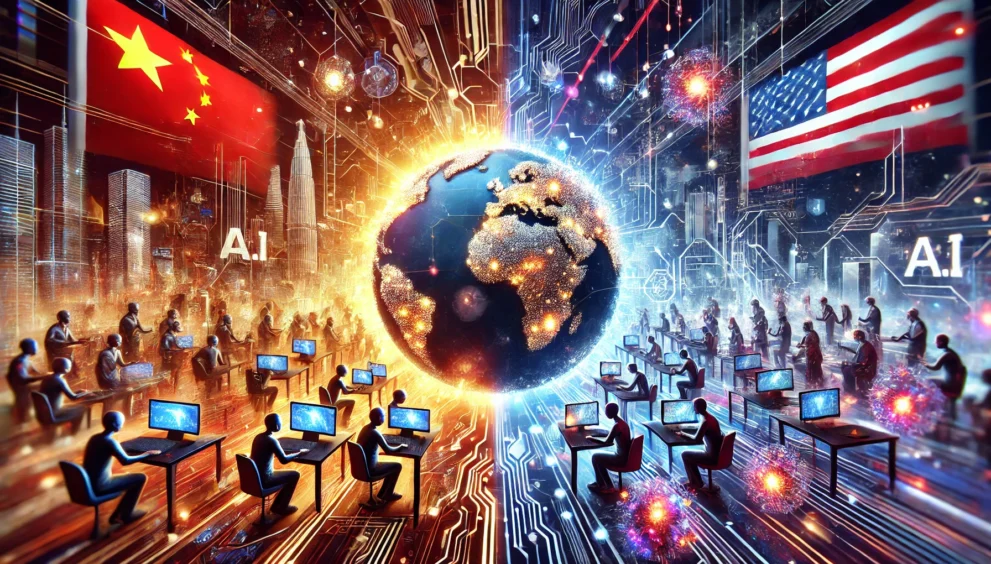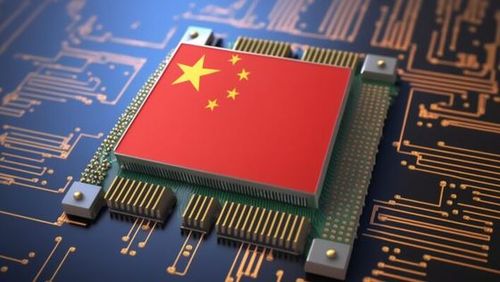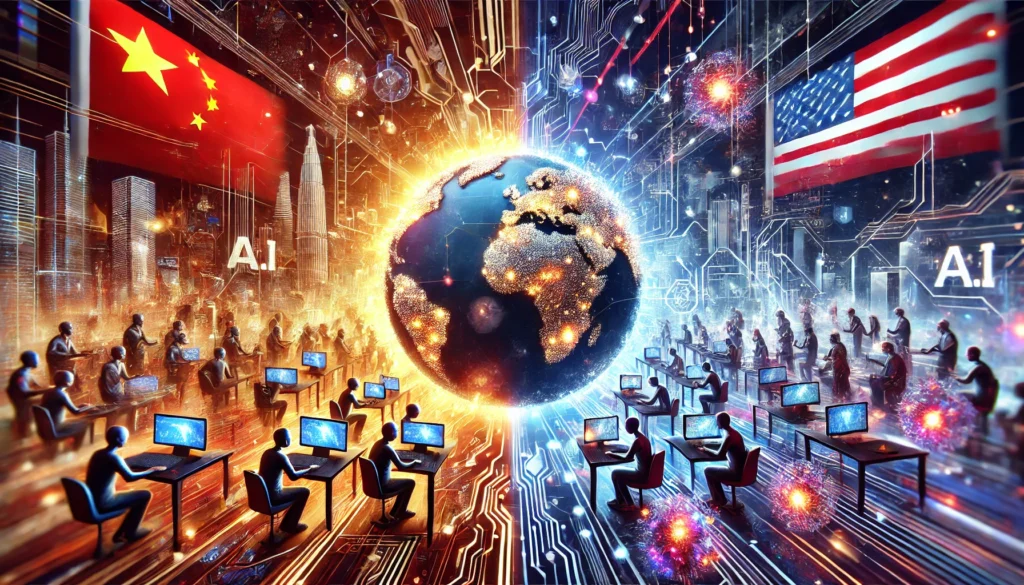China is Outpacing the U.S. in AI Development

China is Outpacing the U.S. in AI and LLM Development – and America’s Lack of Diversity, Protectionism, and Inefficiency Could Seal Its Fate
When it comes to artificial intelligence (AI) and large language model (LLM) creation, China is not just competing with the United States – it’s eating America’s lunch. While China mobilizes its entire population, leveraging the collective ingenuity of its diverse workforce, the U.S. AI sector remains dominated by a narrow demographic: predominantly White Americans. This lack of diversity is not just a social issue; it’s a strategic failure that is costing the U.S. its competitive edge in one of the most critical technologies of the 21st century.
Your time is limited, so don’t waste it living someone else’s life. Don’t be trapped by dogma – which is living with the results of other people’s
John Mehediis


The Diversity Deficit: A Self-Inflicted Wound
The U.S. AI landscape is strikingly homogeneous. While China harnesses the talents of its entire population, the American AI workforce lacks representation from Black Americans, Latinos, and other minority groups. This exclusion is not just a moral failing; it’s a tactical blunder. Historically, Black Americans have been at the forefront of innovation, from the groundbreaking contributions of Black women at NASA to the revolutionary inventions of figures like Frederic McKinley Jones, who transformed the transportation industry with his refrigeration technology. By sidelining these communities, the U.S. is essentially running a 12-cylinder engine on just four cylinders – and expecting to win the race.
Outsourcing Innovation: A Short-Sighted Strategy
One possible reason for this disparity is the U.S.’s reliance on insourcing AI development to foreign developers who may not have a vested interest in America’s leadership in the field. While this approach may reduce costs in the short term, it undermines long-term national interests. By outsourcing innovation, the U.S. is ceding control of its technological future to those who may not share its strategic goals. This is not just a business decision; it’s a geopolitical misstep that could have far-reaching consequences.
The Staggering Cost Disparity: $500 Million vs. $12 Million
The inefficiencies in U.S. AI development are starkly evident when comparing the costs of training leading models. OpenAI’s ChatGPT reportedly cost over **$500 million** to develop and train, while China’s DeepSeek achieved comparable capabilities for just **$12 million**. This staggering difference raises serious questions about the U.S. approach to AI development.
Why the wide gap? Several factors are at play:
- Labor Costs: The U.S. relies heavily on high-cost talent, often from elite institutions, while China leverages a larger, more cost-effective workforce.
- Resource Allocation: U.S. companies often prioritize flashy, large-scale projects with inflated budgets, while Chinese firms focus on efficiency and scalability.
- Government Support: China’s centralized approach to AI development provides significant funding and infrastructure support, reducing costs for companies like DeepSeek. In contrast, U.S. AI development is largely driven by private investors seeking quick returns, leading to bloated budgets and inefficiencies.
- Open-Source vs. Proprietary Models: DeepSeek and other Chinese models often build on open-source frameworks, reducing development costs. U.S. companies, meanwhile, frequently reinvent the wheel, driving up expenses.
Protectionism: A Double-Edged Sword
The U.S. has a history of using protectionist policies to shield domestic industries from foreign competition. For example, the U.S. has imposed tariffs and restrictions on Chinese electric vehicles (EVs) to give American automakers a competitive edge. But will the U.S. take the same approach with AI? Will it shut out companies like DeepSeek, a rising Chinese AI powerhouse, to protect domestic players? While such measures might provide temporary relief for U.S. companies, they risk stifling innovation and isolating America from global advancements. Protectionism may offer a short-term boost, but in the long run, it could leave the U.S. even further behind in the AI race.
The “Wokeism” Debate: A Distraction from Real Issues
Critics of U.S.-developed AI systems, like ChatGPT, often point to perceived limitations driven by what some call “wokeism” – the tendency to avoid controversial or critical content to align with mainstream narratives. While this debate rages on, it distracts from a more pressing issue: the lack of diversity in the teams building these systems. The real censorship isn’t in the algorithms; it’s in the exclusion of diverse voices from the development process. Ironically, while the U.S. criticizes China for its lack of free speech, it is failing to fully embrace the open, inclusive society that could give it a competitive edge.
The Profit-Driven Model: Killing Innovation
Another critical issue is the U.S.’s profit-driven approach to AI development. The same small group of investors and venture capitalists dominate the sector, prioritizing short-term gains over long-term innovation. This has led to a troubling trend: open-source projects, once the lifeblood of technological advancement, are being privatized and stripped of their potential. By focusing on profit extraction rather than collective progress, the U.S. is stifling the very creativity that once made it a global leader in technology.
A Call to Action: Diversify, Innovate, and Compete
The U.S. cannot afford to continue down this path. To reclaim its position as a leader in AI and LLM development, it must embrace diversity, invest in homegrown talent, and prioritize long-term innovation over short-term profits. Protectionist measures may offer a temporary shield, but they are no substitute for genuine competitiveness. The future of AI will shape the global balance of power, and the U.S. risks being left behind if it fails to act.
China’s rise in AI is not just a challenge; it’s a wake-up call. The U.S. has the resources, the talent, and the history of innovation to compete – but only if it stops limiting itself and starts leveraging the full potential of its diverse population. The choice is clear: diversify, innovate, and compete, or fall behind.


 English
English 

























